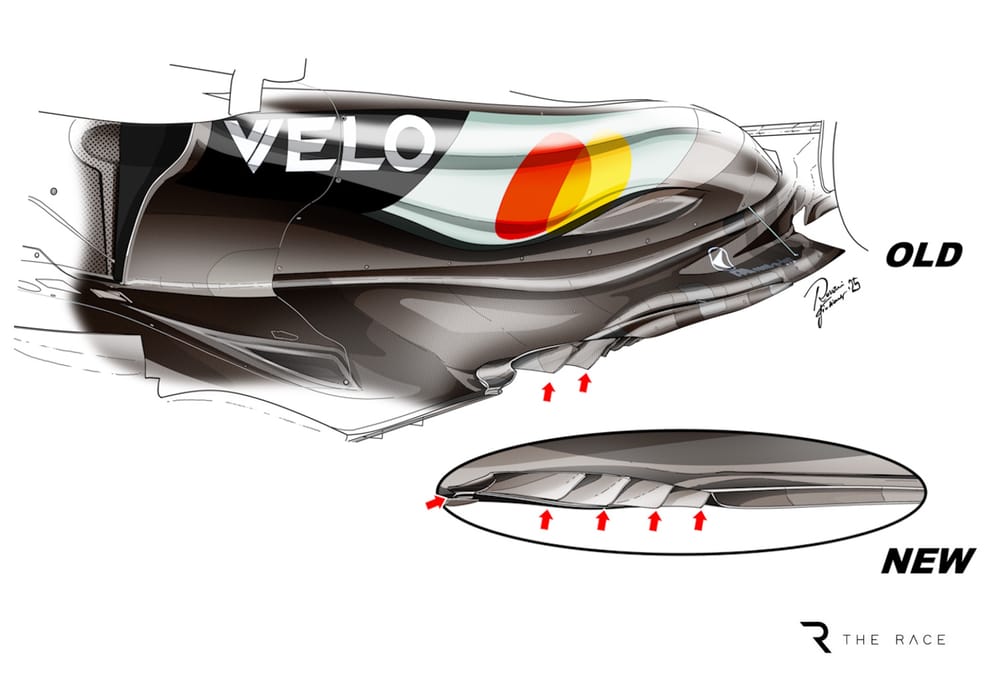With the fight at the front of Formula 1 so close, you would think teams would be desperate to bolt on upgrades as soon as they are ready.
Even if a new front wing or floor tweak brings only a few hundredths of a second, with the way things are at the moment, that could still be the difference between grid positions.
Yet this year championship leader McLaren has taken a more considered approach to bringing improvements to its car.
Yes, the upgrades are still coming through the system, but more often than not it has tested parts on a Friday and then parked them for the rest of the weekend – only bringing them back into action at a later event.
It was the case again at the British Grand Prix, when a new specification floor was evaluated in first free practice.
The new design featured a more aggressive flow-scavenging mechanism, and was ultimately aimed at improving airflow under the car and redistributing suction to gain overall aerodynamic performance.
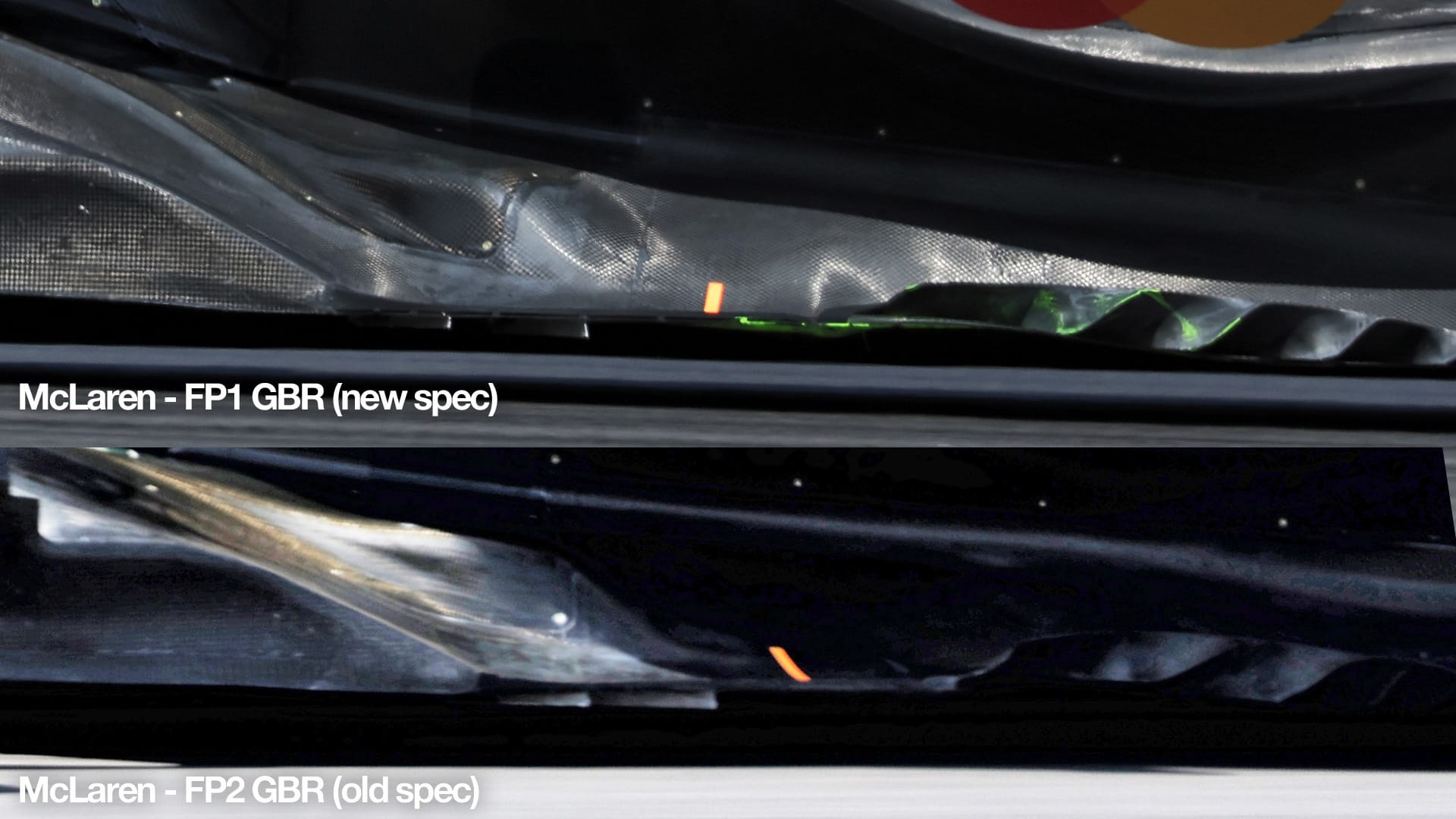
But, as team boss Andrea Stella later confirmed, McLaren never intended from the off to race it.
"The plan was always going to be that the floor was a test floor to have an early read as to this new specification," he said. "[Especially] because the next race is a sprint event, in which it is more difficult to introduce a new specification and make the proper comparisons.
"We are actually pretty pleased with what we have seen in free practice one, and all the indications seem to lead us to introduce this new floor for the coming events."
What happened at Silverstone is just the latest chapter in a consistent McLaren tactic.
In Austria, it raced with a new front wing that it ran as a test item in Canada two weeks earlier and was intended to complement some new suspension fairings.
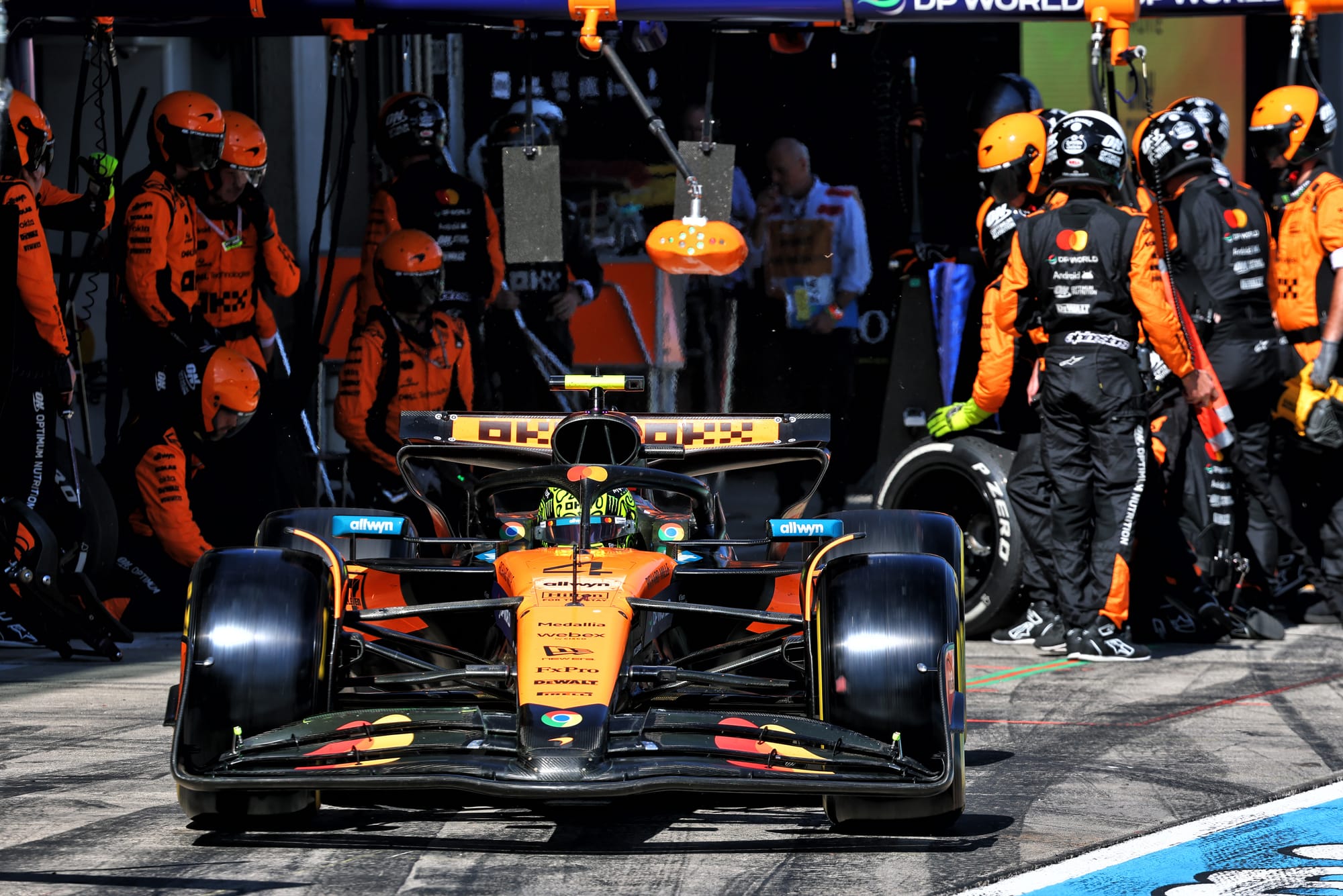
At the Spanish Grand Prix, its new toughened front wing aimed at passing the FIA's stricter flexi wing checks had been run briefly in practice at Imola a fortnight before.
And rewind even further to the Saudi Arabian Grand Prix in April, and McLaren tried out a diffuser tweak as a test item that it subsequently did not race.
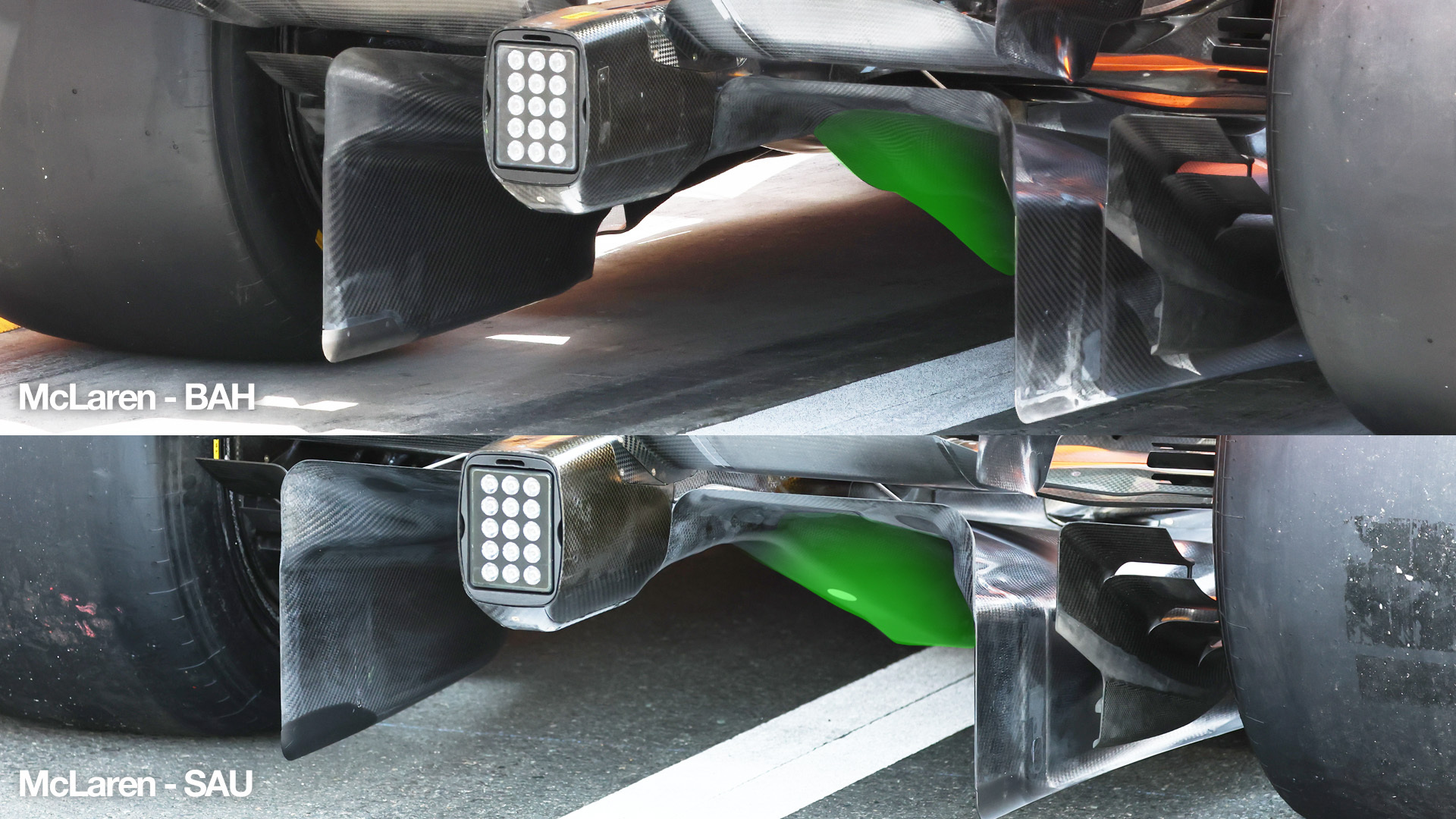
Measuring the gains
This policy of bringing upgrades but not committing to them straight away could come across as upgrades not delivering the improvements that had been hoped for.
After all, if there is free laptime on the table then teams would be foolish not to take it immediately.
But that is an oversimplification of how car development works right now, as teams have hit a ceiling in terms of adding obvious performance to the car.
The level of improvements being brought through floor or front wing tweaks are not the sort of thing that can be felt from the cockpit, nor even perhaps measured properly on the stopwatch considering weekend factors like a track rubbering in and tyre degradation.
Instead, as McLaren technical director (engineering) Neil Houldey explains, for a team like his to be absolutely sure that an upgrade is working can take a fair bit of analysis back at the factory.
"It's very difficult at the moment to actually test things because the numbers are so small for some of these parts in terms of laptime," he said.
"You're going on pressures on the car to really understand if they're making a difference. So it's never laptime anymore.
"It's really about checking on the loads on the car and the pressures on the car to see how they've reacted and if that's the same as in the [wind]tunnel."
This is all about engineering discipline – something that has been a hallmark of the progress that McLaren has made in recent years to push itself to the front.
More options
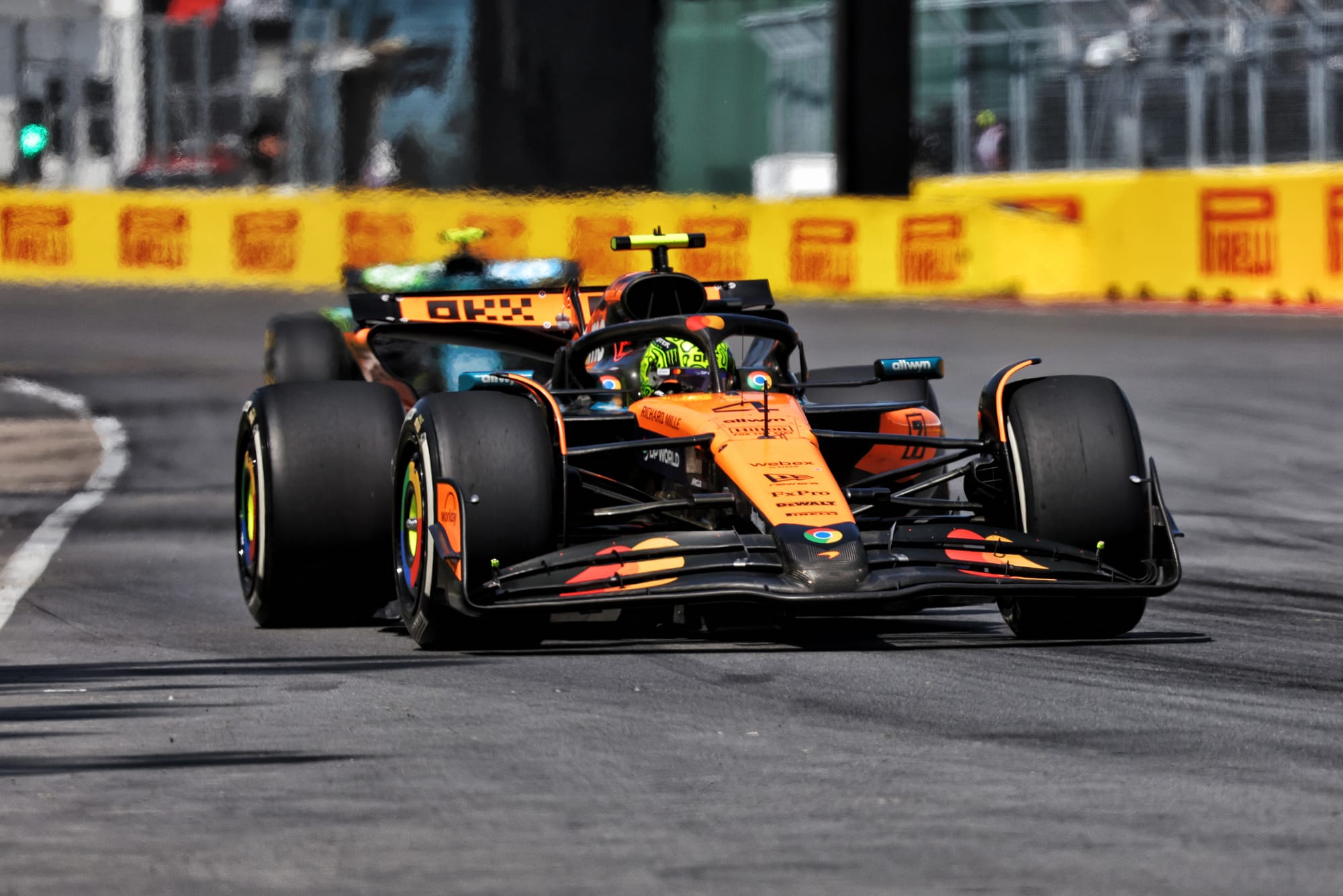
One of the few important changes that McLaren has introduced and committed to racing from the off this year was the revised front suspension geometry that Lando Norris has used since the Canadian GP.
But with that being much more about driver feel than an out-an-out performance improvement – with the team referring to it more as a difference rather than an upgrade – it is something that can be better validated from the cockpit rather than through numbers on a computer.
Houldey explained: "These are small changes and really, without back-to-backing them, which we didn't do, the changes that we have assumed have worked in the right way.
"He didn't complain and we know that they should be better, so we're keeping them on the car."
There is one caveat to McLaren's structured approach to upgrades so far though – and that is that it appears to still have a decent competitive margin so it has a luxury of doing things the way it wants right now.
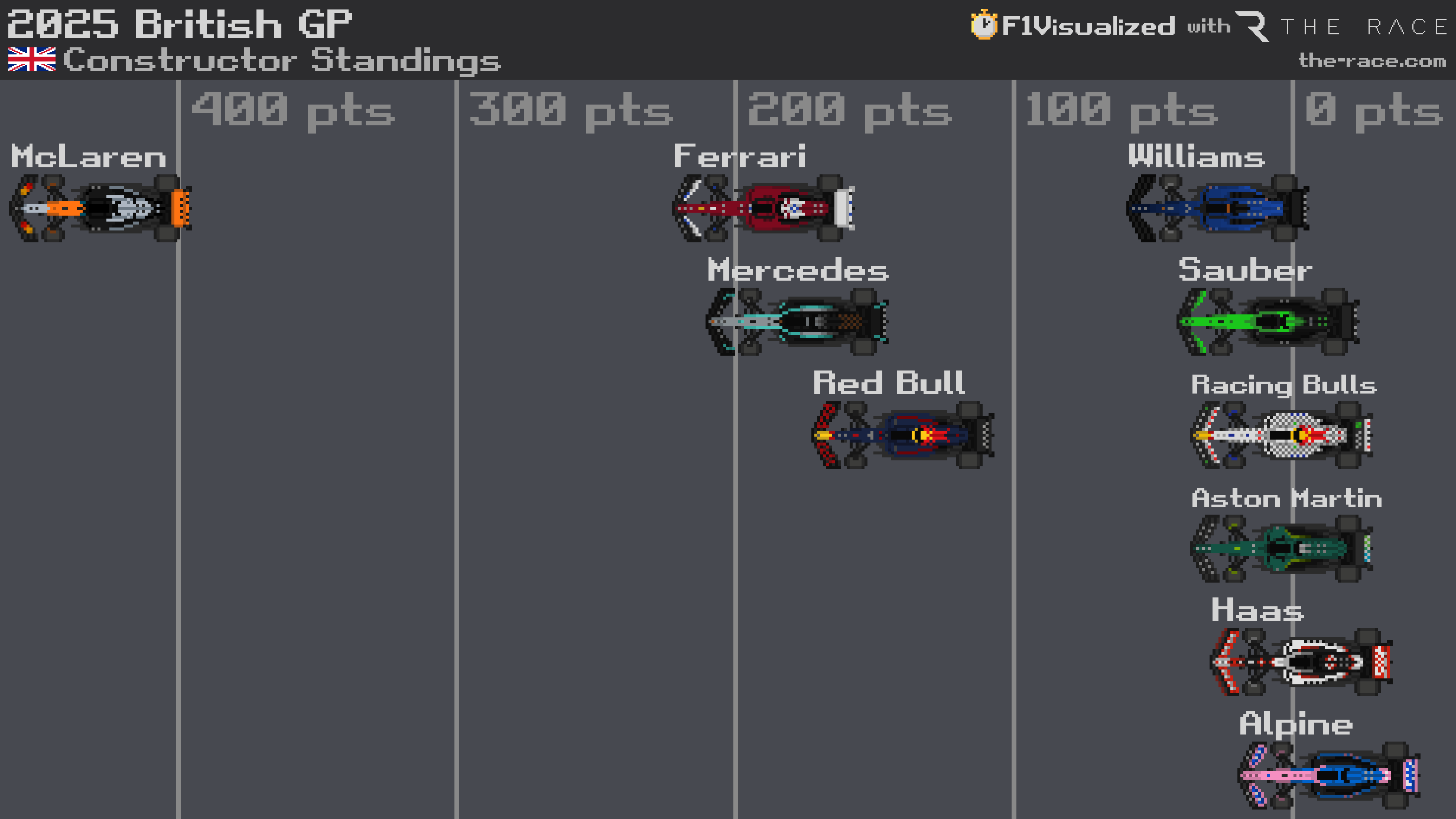
It's not battling to catch up with a rival and it's not in a situation where it seems to be at risk of losing a championship if it does not bring onboard as much performance as it can.
Whether it would be able to maintain its policy were it locked in a tougher fight remains to be seen, but for now testing parts – which has included various beam wing solutions – is all about giving it ever greater freedom to fine-tune the MCL39 for each event.
"We've added parts to the car now and really there's set-up options that people will take forward depending on the track, and depending on the driver," added Houldey.
"We're really out of that point where big upgrades are making a difference and actually we're bringing options. Different circuits are going to offer different amounts of performance, and we'll be trading those at each event as we move forward."


